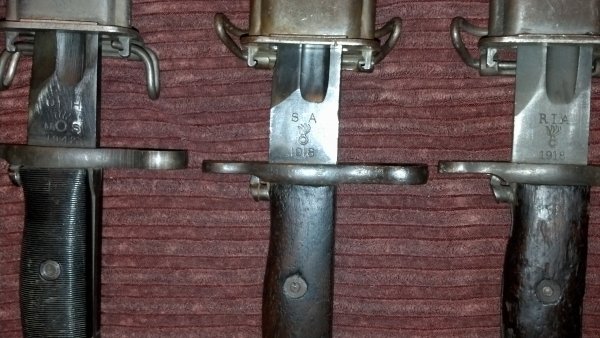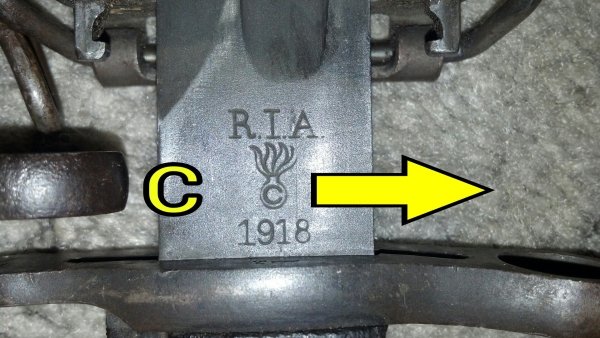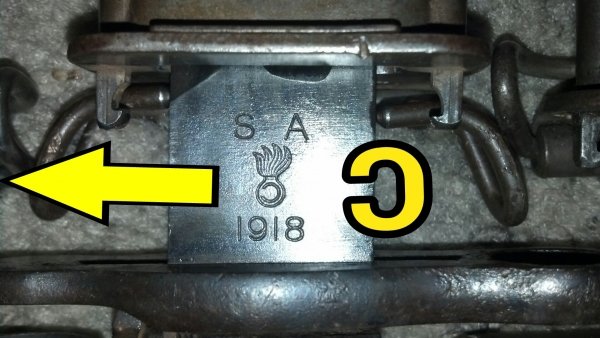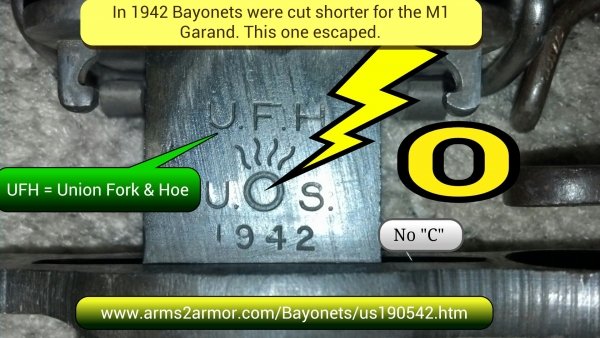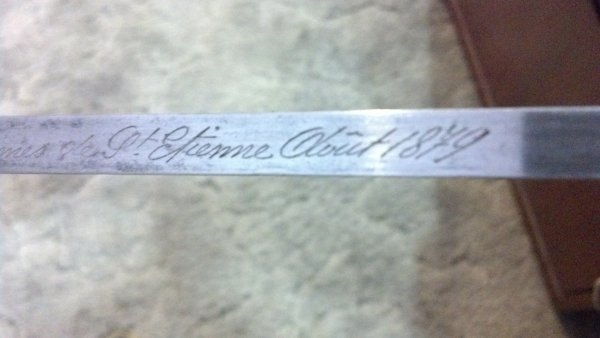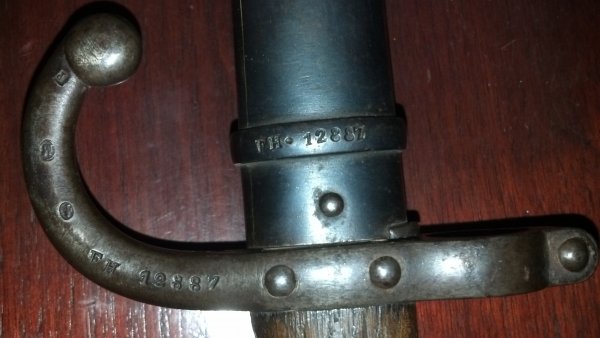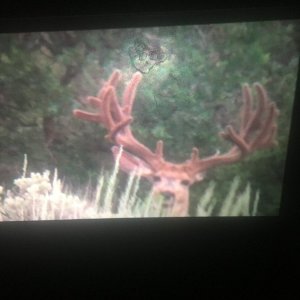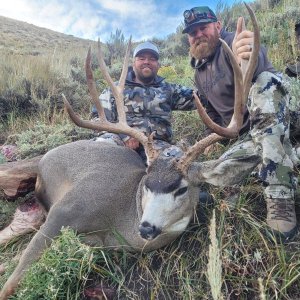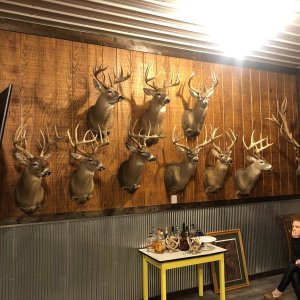feddoc; That was and is, amazing. Of course I saw the use of where my Daughter & Wife work. I pasted a couple segments below... a teaser for some to read the article. REHL, feddoc did good for you in finding this Article....Send him a FREE knife as appreciation

Frank J. Richtig died on January 1, 1977, having told no one how to recreate the process. ?A man is entitled to some secrets,? he once said, ?and that's mine.?
......................
Twenty three years after Frank Richtig?s death, Dale Novak, a relative of Frank?s and an excellent knife maker himself, sent two of Richtig?s knives to Lawrence Livermore National Laboratory in California.
...........
Speaking of teasers, I have been addicted to buying WWI & WWII Bayonets. I thought I cured myself by not thinking of Blades but the article awoke my desires to now include Richtig blades. This could get expensive. Just some of the WWI Bayonets can start at $300 and go up during an auction. Just depends on Quality, Rarity, and the wild card is; "Does a Collector NEED the item on auction to complete or enhance his collection". I am not a Collector, simply a Student of History.
The Proof Marks allows something old to almost; Talk, and tell it's stories. I will give some examples below.
1879 French Bayonet, 3 edged
1879 French Bayonet History told in Proof's
Those are just a few but a Real Collector will have better examples. The Article feddoc was kind enough to post is, to me, true History. feddoc, your a bad bad boy for showing me such an Article. Off you go to do 30 sit-ups

I hope many others read the Article and send me PM's if they find such a knife. Wait, no...I don't need to get into it...



